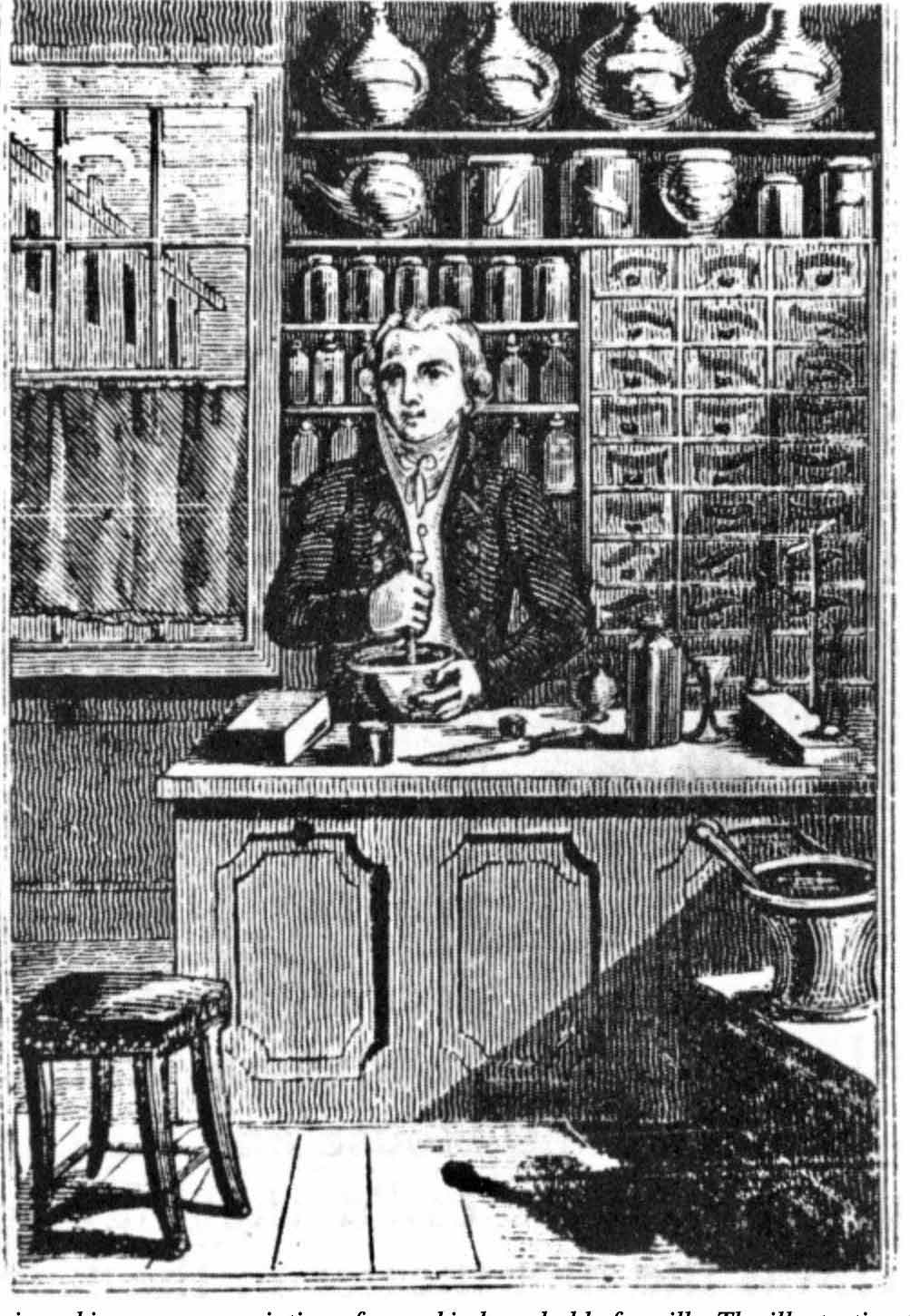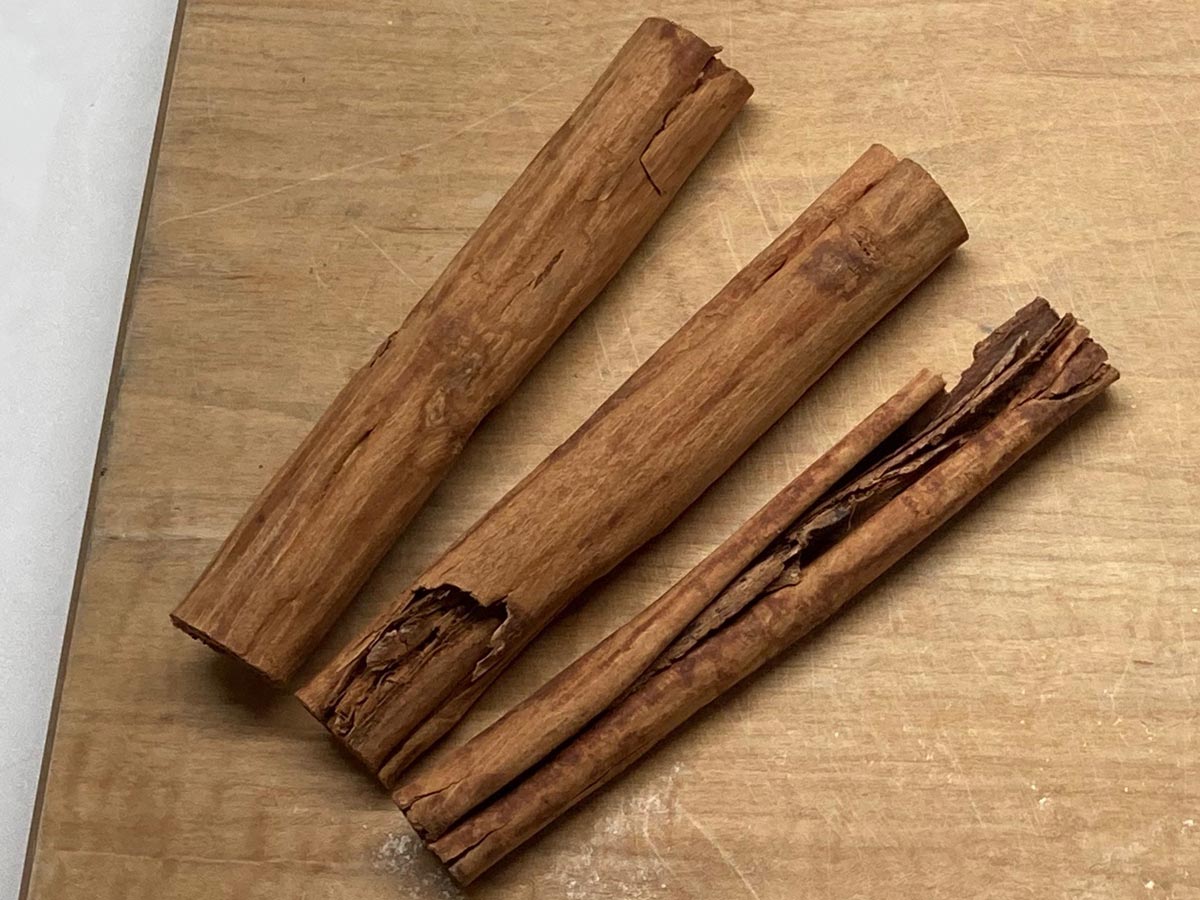Eighteenth-century apothecary apprentices compounded many different forms of medicine during their training.

As Apothecary Assistant learning the trade, I do the same, using eighteenth-century formulas and techniques. Today I am making a “tincture.”

Tinctures result when plant matter is soaked in alcohol. Eighteenth-century professional pharmacy books instruct that generally plants should be dried, cut, and bruised prior to their use in tinctures. The undissolved matter is then allowed to settle prior to filtering or straining.
The recipe for Tincture of Cinnamon is uncomplicated: soak cinnamon in alcohol, then strain off the liquid. It requires just two ingredients: cinnamon and proof spirit. Proof spirit is 108 proof alcohol and was made in the eighteenth century by distilling wine or diluting pure alcohol. Cinnamon was described as an “elegant” aromatic, more pleasing to the palate and stomach than most other aromatics. As an aromatic cordial, Tincture of Cinnamon was used to warm the stomach, increase the tone of the viscera, and elevate one’s spirits. It also was considered a very effective restringent, meaning “it dries things up,” and so was used to treat flux or looseness of the bowels. Today, we know it commonly as (ahem) diarrhea.

In this process, note that I am using true cinnamon bark and not casia. In the 1700s, shipments of cinnamon were frequently found adulterated with casia. Known today as “cassia,” a member of the cinnamon genus, “casia” was then thought an unrelated plant. Though casia has similar virtues to cinnamon, it was nevertheless thought an inferior spice. I can tell this is cinnamon by the way it breaks in a jagged manner (note the upper left portion of the piece closest to the bottle). Cassia, when cracked, breaks into smooth pieces.
The proper amount of cinnamon is weighed.

Then the proof spirit is added.

The spirit is given time to absorb the cinnamon, after which the liquid is separated by straining.


Here is the finished product, Tinctura Cinnamomi. The next time you visit Colonial Williamsburg, make sure to come by the Pasteur & Galt Apothecary Shop to see this pretty medicine as we typically have some displayed on the counter.
Mark Henley is the Apothecary Assistant at Colonial Williamsburg’s Apothecary Shop. As part of his training he will use period recipes and techniques to make forms of medicine compounded by 18th-century apothecaries.
